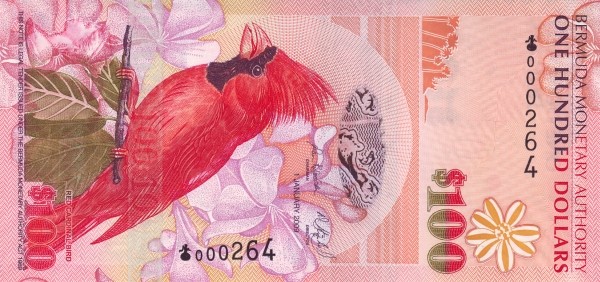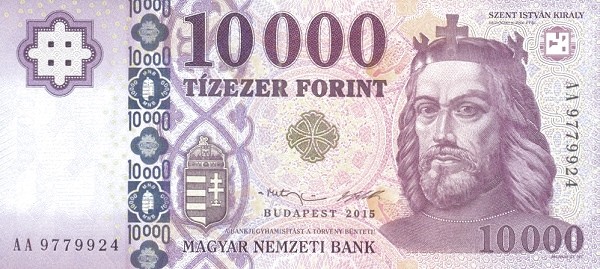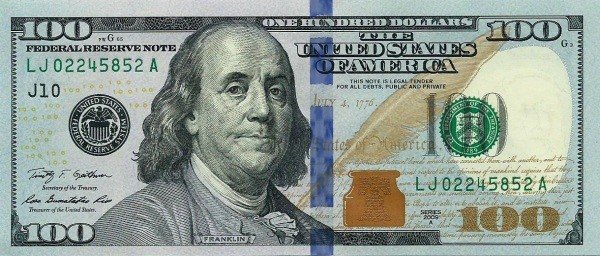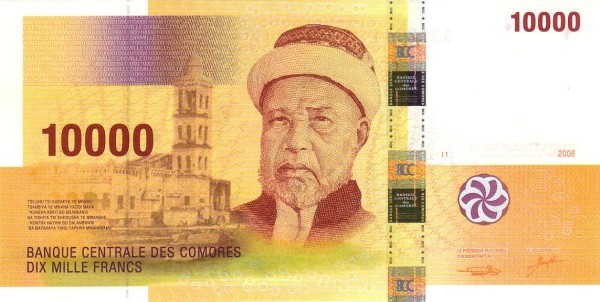BOJ seen ending negative rates in April, keep hiking next year - ex-c.bank economist
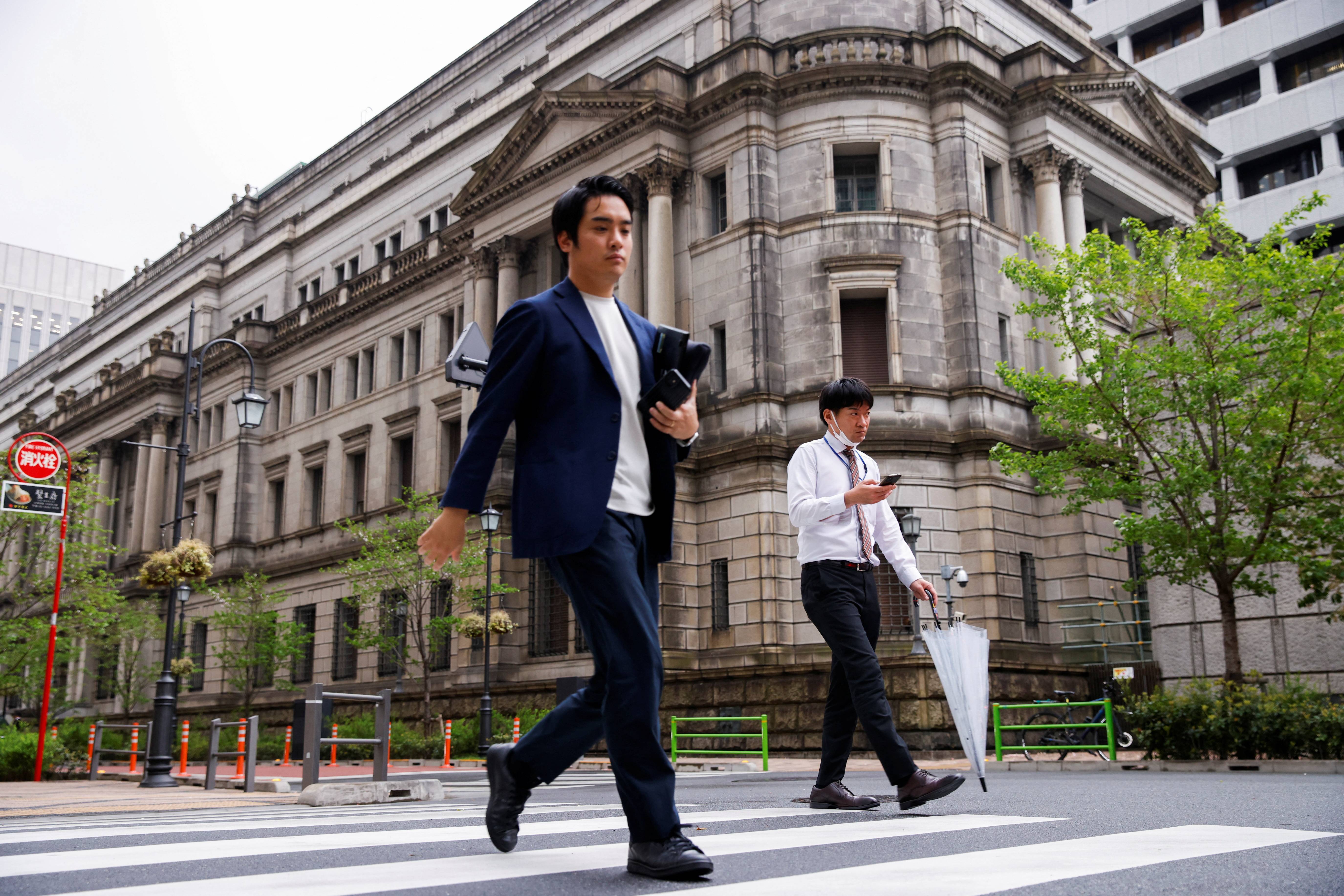
People walk in front of the bank of Japan building in Tokyo, Japan, April 7, 2023. REUTERS/Androniki Christodoulou Acquire Licensing Rights
TOKYO, Nov 14 (Reuters) - The Bank of Japan is expected to end its negative interest rate policy in April and keep raising short-term borrowing costs next year on heightening prospects of sustained wage growth, its former top economist Hideo Hayakawa said on Tuesday.
With inflation already exceeding the BOJ's 2% target for more than a year, the central bank tweaked yield curve control (YCC) in October to allow long-term rates to rise more - a move seen by markets as a step toward phasing out its huge stimulus.
While the BOJ maintains its 0% target for the 10-year bond yield under YCC, Hayakawa said the bank "effectively dismantled" the framework in October by re-defining what was a rigid 1% cap for the yield to a loose reference.
As the next step, the BOJ will likely raise short-term rates to around zero from -0.1% in April, when more data becomes available on next year's spring wage negotiations, he said.
"Service prices are already rising and prospects of seeing solid wage growth next year are heightening. But the evidence (on wage growth) isn't available yet," Hayakawa told Reuters in an interview.
"The BOJ is just waiting for more evidence" that inflation will sustainably hit 2%, Hayakawa said. "Once that's available, BOJ will end negative rates."
When exiting negative rates, the BOJ can maintain YCC in its current form and use it as a backstop to deal with any abrupt spike in long-term rates, he added.
"With the tweak in October, YCC has become something similar to exchange-rate intervention, in that the BOJ can intervene only when needed to arrest abrupt rises in long-term yields."
The BOJ's ultra-loose monetary policy, made up of YCC and negative short-term rates, has drawn criticism from analysts and some politicians for causing sharp yen falls that boost import prices and the cost of living for households.
While the BOJ revised up its inflation forecasts last month, it has stressed the need to keep ultra-easy policy until the recent cost-driven inflation turns into price rises underpinned by solid domestic demand, and accompanied by higher wages.
Hayakawa disagreed with the BOJ's view that recent price rises are driven predominantly by cost-push factors, saying its projections are underestimating already mounting inflationary pressures from domestic demand and service prices.
"The BOJ has intentionally been behind-the-curve" in addressing inflation as it awaits evidence of sustained price rises, Hayakawa. "That means once it ends negative rates, it needs to keep hiking at a faster pace than markets expect."
After exiting negative rates, the BOJ will likely need to keep raising short-term rates at a pace of around once every quarter throughout next year, he said.
"The BOJ doesn't necessarily have to hike as quickly as the U.S. Federal Reserve. But it does need to communicate to markets that once short-term rates are moved up to zero, it won't keep them there for too long."
Reporting by Leika Kihara and Takahiko Wada Editing by Shri Navaratnam
Our Standards: The Thomson Reuters Trust Principles.
Bermudian Dollar
Bermudian Dollar2009BMD1002009BMD102009BMD202009BMD22009BMD502009BMD5
Hungarian Forint
Hungarian Forint2015HUF100002018HUF10002017HUF200002016HUF20002017HUF50002018HUF500
US Dollar
The US Dollar is the currency of the United States of America and several other countries and territories. It is also the most widely used currency in international trade and finance, and the main reserve currency of the world. Here is a brief introduction of the US Dollar:The US Dollar was
Comorian Franc
The Comorian Franc is the official currency of the Comoros, a small island nation located in the Indian Ocean. It was introduced in 1981 to replace the French Franc, which had been in use since the country's colonial period. The currency is issued by the Central Bank of the Comoros and is available in both paper and coin form. The exchange rate of the Comorian Franc is determined by market forces and is subject to fluctuations. While the currency has faced some challenges in the past, such





